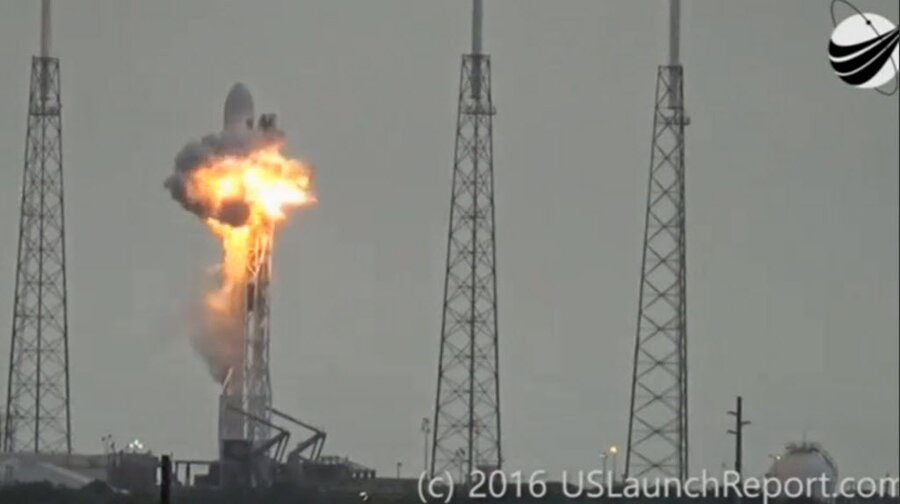Why NASA's IG isn't optimistic about crewed space travel until 2018
Loading...
NASA's Office of Inspector General released a report that sheds doubt on the space agency and its contractors’ ability to resume crewed space travel by the end of 2017, stating that 2018 is a more achievable goal at this point.
The OIG report was published prior to the explosion of a SpaceX rocket on the launch pad at Cape Canaveral on Friday, underscoring the inspector general’s point almost before he was done making it. The explosion, as well as other delays from Boeing and NASA, will likely put the return to crewed space travel behind schedule and will extend reliance on Russia to get American astronauts to space.
“Notwithstanding the contractor's’ optimism, based on the information we gathered during our audit, we believe it unlikely that either Boeing or SpaceX will achieve certified, crewed flight to the ISS until late 2018,” the inspector general wrote in the report.
Originally the goal was to reintroduce crewed space travel by 2015 with the help of private space company contractors.
"The successful conclusion of the concept baseline review places SpaceX exactly where we want to be — ready to move on to the next phase and on target to fly people into space aboard Dragon by the middle of the decade," SpaceX CEO and chief designer Elon Musk said in a statement in 2012.
Historically, underfunding has caused delays in space programs, but in this case it is due to myriad technical difficulties and overly optimistic timeline projections. However, Boeing and SpaceX engineers have been wrestling with design challenges caused by shifting goals and slow safety check processes, thus the plausible timeline is pushed back.
The report does not spare NASA itself from blame for the delays, detailing review processes for reports from contractors, such as SpaceX and Boeing, are taking up to six months when they should only take a few weeks.
In the meantime, the US relies on Russia’s Soyuz rocket to get American astronauts to the International Space Station. This service, already embarrassing to the United States who beat Russia to the moon in the Cold War space race, comes with a hefty price tag.
According to NASA's inspector general’s report, the US has already spent $3.4 billion on rides to the ISS from Russia since 2011 when the last shuttle mission left the Kennedy Space Center. Since then Russia has been increasing the cost of a seat on their shuttles to nearly $82 million last year. The inspector general calculated that NASA could have already saved $1 billion in tax dollars if the original goal of returning to crewed missions in 2015 had been met, the Washington Post reports.
Even if the money were not an issue, relying on Russia is not a sustainable course of action as purchasing additional seats is limited by Iran, Syria, North Korea Non-proliferation Act, which limits purchasing technology from countries not actively working against the spread of weapons, and would require an additional waiver.
“I think the writing’s on the wall (that commercial crew is) not going to be ready by the time NASA has used up all the Soyuzes it has currently purchased from Russia,” Marcia Smith, editor of Space Policy Online and an expert on the US and Russian space programs, told CBS News. “They need a contingency plan in case the commercial crew is delayed or if that never arrives at all. To do that, if you’re going to be buying Soyuzes, they need to get that waiver from Congress.”






